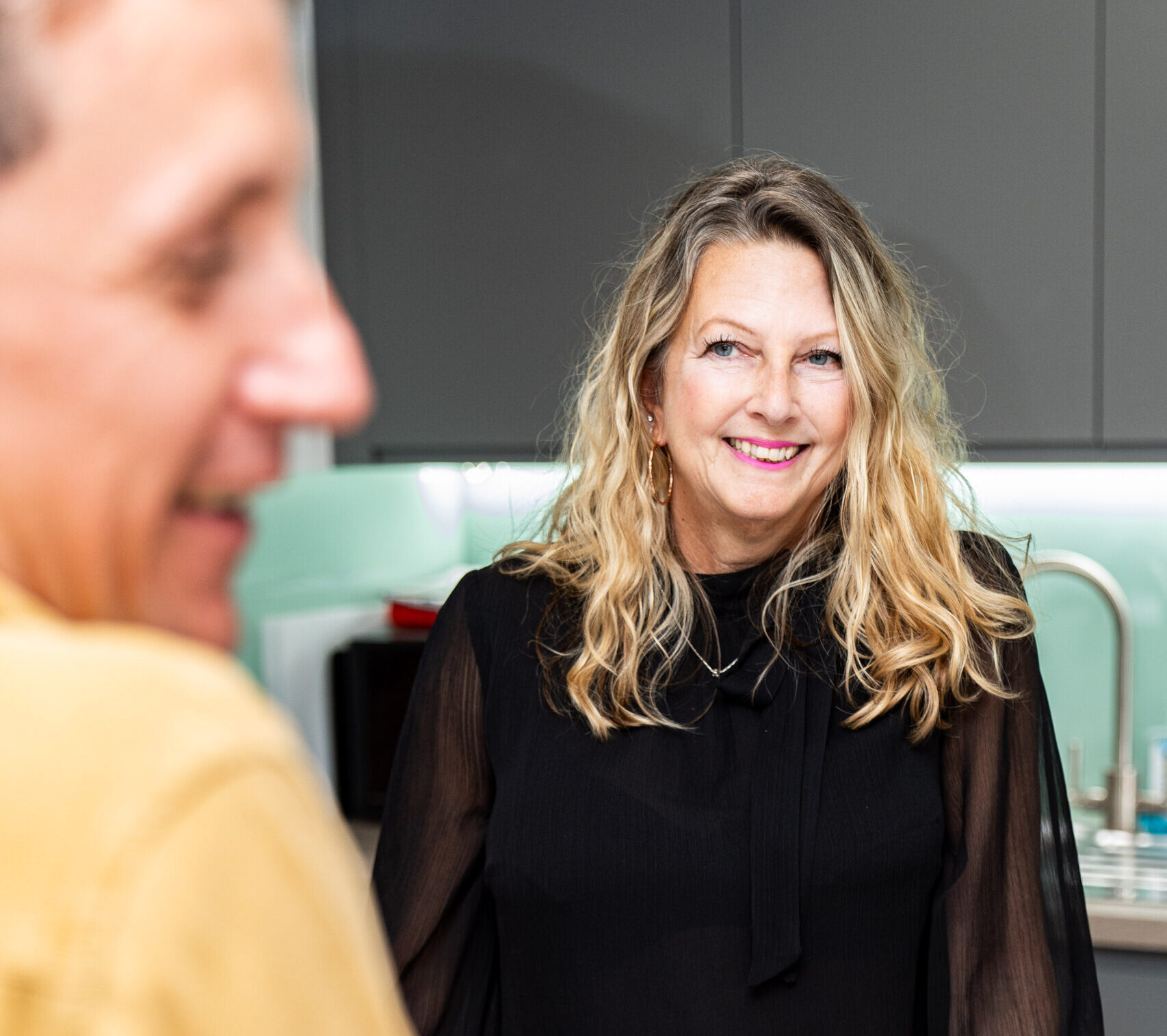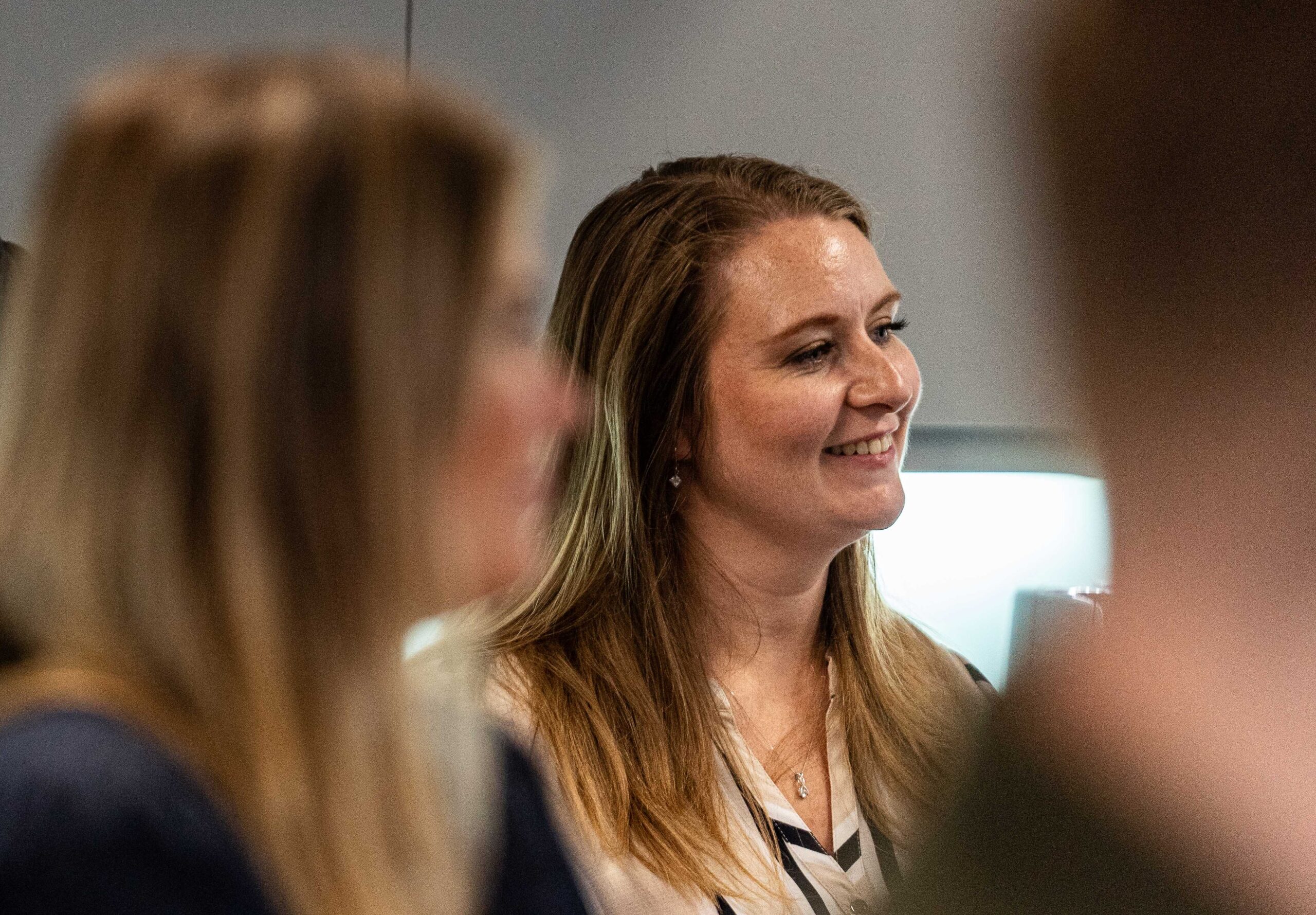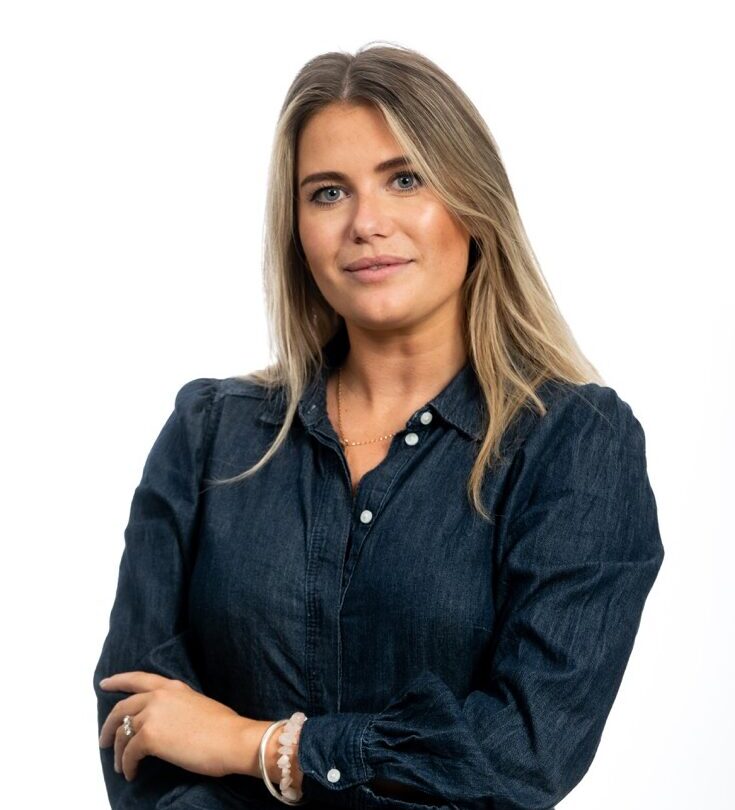What led you to a career in media?
Before media, I started my professional career working in a benefit office, earning a big whopping £8k. I decided to renew my typing skills in order to become a secretary, and off the back of this in 1987 I secured an interview at Saatchi & Saatchi for a PA role at Roy Jeans. Luckily, I was offered the role, and from this, I had my foot in the media door! So, there I was, working for the largest, most well-known agency in the world, absolutely shi**ing myself with zero confidence whatsoever. It was like an episode out of Mad Men: people shouting, hustle and bustle wherever you looked and a constant flow of champagne. If it taught me anything it taught me to have a can-do attitude. I would be asked to do almost anything; I was once tasked to get a horse into a board room for a pitch! In the days with zero internet, scrolling through the yellow pages was my go-to, followed by a trip to a stables near Hyde Park to vet (not literally) the horse…but I simply made it happen. That horse was in the bloody board room.
I also mastered the art of becoming tougher than I thought I was. I’m sure this came across in an “arsey” way, but it was sink or swim and I was determined to get swimming and never bloody stop. This attitude got me to where I am today. In 1988 Zenith was formed and from S&S I secured another PA role at Zenith. After settling in and finding my feet I quickly realised that I could easily turn my hand to media, so I opted to hound someone pretty senior (a director) in a slightly cocky manner, and it paid off! I found myself as the new media assistant and the rest is history!
I am now heading up investment at MI, responsible for helping clients with innovative and commercial solutions, all whilst navigating the media world and leading our investment teams.
What is it that you love about media and agency life?
Since the ‘get a horse into a board room’ days, I have worked in agencies ever since. 30 years may have gone by, but I have never stopped developing my love of media and the people within the industry. It’s an industry that is continuously evolving. New media developments and opportunities are cropping up left right and centre. It means that (almost) anything is possible and those brands and clients that dare to, have the option to be bold and brave and we as media professionals can show them the way. Agency life and the industry more generally is fast paced. This week in fact, I saw two media owners, one I had never even spoken to before, and there were so many points during the meeting that ignited new concepts that could be adopted in order to get our clients names out there. It’s important to be out and about meeting people, to keep ideas fresh and collaborate with others.
Whilst the industry does come with its ups and downs, I simply love it! The can-do attitudes, new ideas, the collaboration and of course the people make me have multiple ‘pinch me’ moments. I wouldn’t think twice about working anywhere else, media really has made me into the person I am today.
What advice would you give to someone looking to go into the world of media?
Firstly, remember that you are in the driving seat, and its YOU who is responsible for your journey and career. Don’t be blinkered and always show a level of tenaciousness. See the opportunities and grab them by the balls. Even if there isn’t a current opportunity but you have an idea of where you want your career to go or what you’re interested in, tell people what you want and whilst you may feel uncomfortable, you do occasionally have to push people.
Oh, and one final piece of advice is to find your own fame and fortune. You will work with great people throughout your career, so take the learnings, tips and advice from those you meet whilst crossing paths and in doing so, be brave, after all, fortune favours the brave!
What mistakes have you learnt from the most?
Apart from when I was a press buyer and I booked a campaign in twice and overspent by 200k, I don’t have many stand out mistakes, but a lot of life lessons I have gained over the years. Oh, and I rang the media owner as soon as I messed up with that campaign and guess what? It was all sorted. Those relationships are important, so invest your time into them!
But as I was saying, life lessons… I have in my career allowed myself to be the small person in the room and be bullied. I was at a place within my life and career where I was a scared deer in the headlights and it was a horrible situation which I had zero clue how to get out of. In any industry there will be great managers and also some awful ones, but no one preps you for the latter. Navigation would have been key in this situation, so I do regret learning my navigation skills just that little too late.
I do also question whether I am political enough. In larger agencies people who are more political played the game and in the long run did slightly better, but I do feel I am in a good place and my outlook on things has improved massively. Even looking back at my darkest moments, I still think of the industry as fondly.
Do you have a dream client or an ad campaign you particularly love?
Whilst I do not have a dream client, I think everyone in the world of media greets clients with open arms when they are not risk averse but instead enable agency professionals to shape & mould ideas to prove how bold and brave moves work.
As for ads I love, I was watching a Channel 5 documentary a couple months ago that showcased the top ad campaigns of 70’s and 80’s. It shed light on the creativity of the likes of Milk Tray, McDonalds and Nescafe and how their ads told a story. In the Nescafe ad, the characters fell in love and got married. Milk Tray’s made the chocolate out to be secretive and daring and tapped in to how that makes people feel. The McDonald’s ad didn’t even state its name, just the use of very arched eyebrows meant consumers knew it was the golden arches!
Who is your role model and why?
My role models (plural!) are all the lovely women who I’ve met through the industry and solidified lasting friendships with. Whilst we have been there throughout each others’ career progression (one is now an MD), we have also been at each other’s side through the turbulences of life. Whether it be having children, redundancies or serious illnesses. Despite all this, we always manage to put the worlds to right and in doing so we are forever guffawing with laughter. It’s a group that is so tightly glued together and we all have the same outlook and drive in life, we push the boundaries and care deeply about other people along the way. Girl power!

